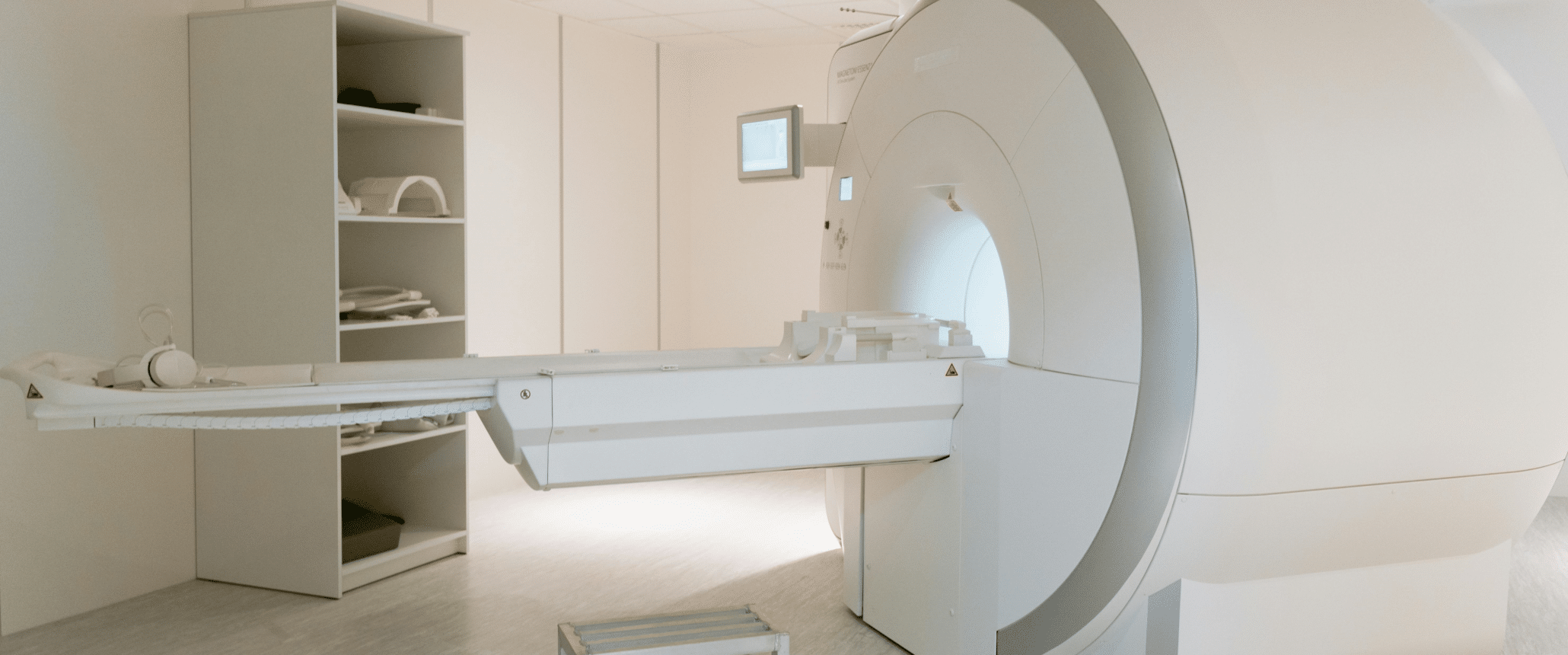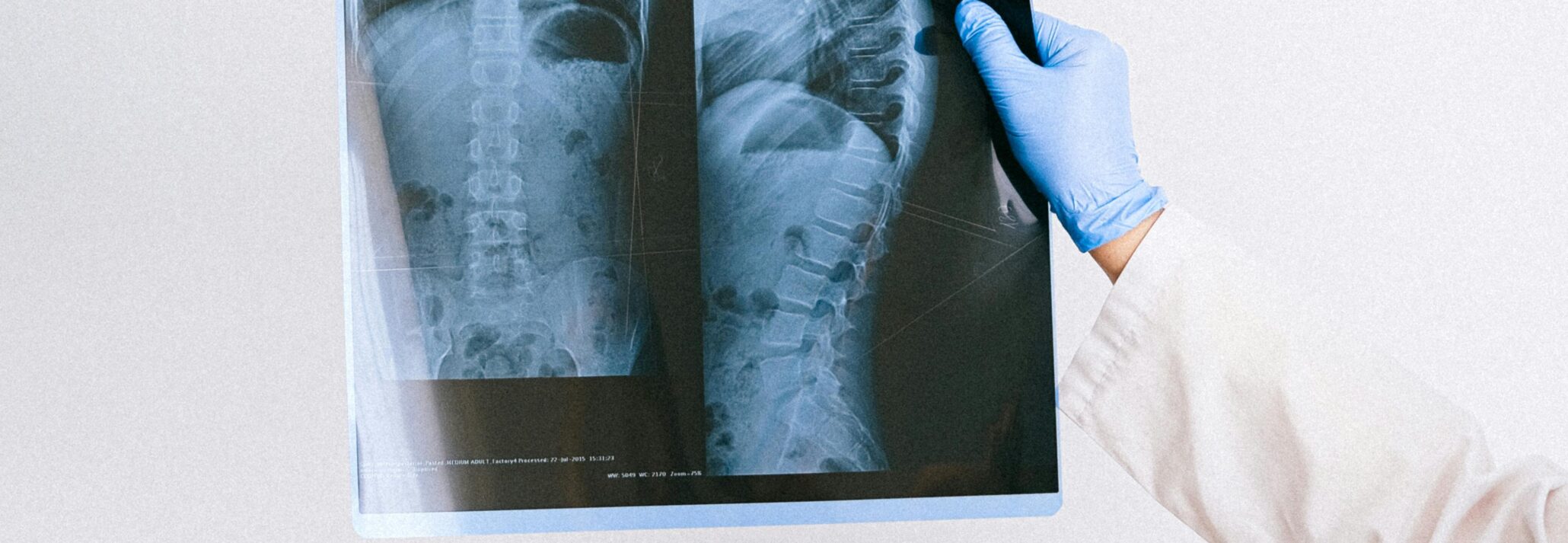Semi-automated quantitative measurements of sinus inflammation from 3D CT imaging correlate well with clinical outcomes.
Key Highlights
- Current methods to assess CRS are unable to differentiate the extent of mucosal inflammation
- CT-based quantitative analysis of the ratio of opacification volume to sinus volume provides a more sensitive assessment
- This new assessment method correlates well to clinical symptoms and provides an objective imaging biomarker for CRS
Chronic rhinosinusitis (CRS), characterized by inflammation of the sinuses and nasal mucosa, is associated with greatly reduced quality of life and affects approximately 1 in 8 adults in the U.S. However, research into new therapeutics has been limited by the lack of sensitive biomarkers. The most commonly used assessment for CRS is the Lund-Mackay (LM) score, which describes each of the sinuses and the osteomeatal complex as having ‘0 – no abnormalities’, ‘1 – partial opacification’, or ‘2 – complete opacification’ on CT images. Improvements or changes in the degree of opacification over time are not captured with this system, making it difficult to determine the efficacy of new treatments. Previous attempts to expand the LM scale have had poor inter-observer agreement due to a high degree of subjectivity and bias.
This article describes a new scoring system for CRS, the Chicago modified Lund-Mackay (Chicago MLM), that utilizes semi-automated volumetric analysis rather than the qualitative, visual LM score. The ratio of opacification to sinus volume is automatically thresholded and calculated following manual outlining of each of the sinuses. The ratio is then multiplied by 2 to span the same range as LM scores. Utilizing the volume of opacification to score CRS severity reduces the level of subjectivity and increases the sensitivity of the commonly used LM scoring system. The authors also showed that Chicago MLM scores correlated well to clinical symptoms and quality of life, indicating that this new method will be a useful biomarker for CRS disease severity.
Latest Scientific Resources & Publications
Why You Need an Imaging Core Lab: 4 Ways a Commercial ICL Transforms Your Trial




